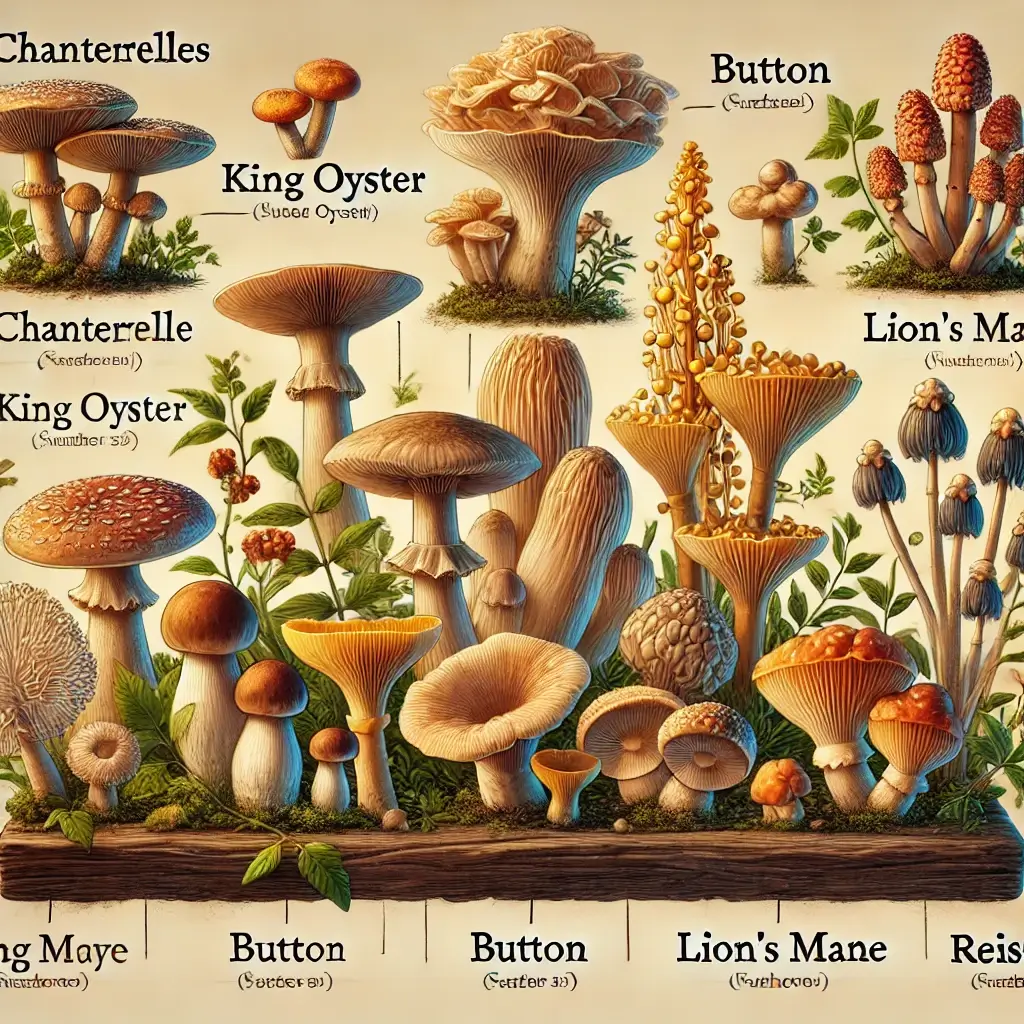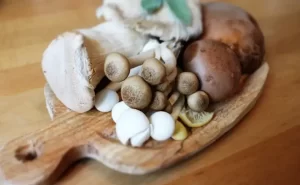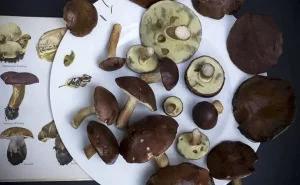Optimizing Your Medicinal Mushroom Regimen: Research-Backed Insights on Form Selection for Therapeutic Effects
The Ancient Healing Power of Mushroom Medicine
Medicinal mushrooms have been a cornerstone of traditional medicine for centuries, revered for their ability to support overall health and address specific ailments. Modern science has not only validated many of these benefits but has also expanded our understanding of how these fungi work. As their popularity surges in the health and wellness industry, consumers face a variety of options for incorporating them into their routines. Among the most common forms are powders, tinctures, and capsules. Each form offers unique properties, and selecting the right one can significantly impact the effectiveness and user experience.
Versatile Forms for Every Wellness Journey
Powders, typically made from raw or extract forms, are a favorite for those who value versatility and cost-efficiency. These powders can be mixed into beverages or recipes, making them ideal for culinary enthusiasts. Tinctures, which are concentrated liquid extracts, stand out for their fast absorption and convenience, particularly in acute health scenarios. Capsules, pre-measured and portable, appeal to individuals seeking precision and ease of use.
Tailoring Your Mushroom Supplementation Strategy
The choice of form often depends on factors such as individual health goals, lifestyle, and budget. This article examines these forms in detail, discussing their bioavailability, clinical applications, and cost-effectiveness. By delving into recent research and expert insights, we aim to empower readers to make informed decisions about their medicinal mushroom intake.
Science-Backed Comparisons of Mushroom Delivery Methods
Bioavailability is a critical factor in determining the efficacy of medicinal mushrooms. It measures the proportion of active compounds that are absorbed and utilized by the body. The preparation method and delivery form of medicinal mushrooms can greatly influence this metric.
Revolutionary Findings in Absorption Rates
According to a 2023 study in the Journal of Ethnopharmacology, alcohol-based tinctures achieve the highest bioavailability, ranging from 80-90%. These tinctures are particularly effective for acute conditions, as their liquid form allows for rapid absorption into the bloodstream. Glycerin-based tinctures, an alcohol-free alternative, offer slightly lower bioavailability (75-85%) but cater to individuals who avoid alcohol.
Optimizing Benefits Through Different Delivery Systems
Powders exhibit a broad range of bioavailability depending on their preparation. Raw powders typically achieve 45-65% bioavailability, while extract powders can reach 70-85%. This variability makes them suitable for sustained release, particularly when integrated into daily dietary habits. Capsules, with bioavailability rates of 50-85%, provide consistent dosing and are enhanced by technologies such as enteric coatings or liposomal delivery systems, which improve absorption rates (Chen et al., 2023).
Clinical Evidence Supporting Form-Specific Benefits
Clinical trials further highlight the advantages and limitations of each form. Tinctures are favored for their ability to deliver quick relief from symptoms like fatigue and stress. Powders are well-suited for individuals aiming for long-term wellness through consistent use. Capsules, often considered the most convenient option, excel in precise dosing and are particularly useful for users sensitive to the taste of mushrooms (Wilson et al., 2023).
Strategic Selection for Personalized Health Goals
Choosing the best form of medicinal mushrooms requires an understanding of personal health goals and lifestyle constraints. Powders are a cost-effective option that offers flexibility in dosing and can be easily added to various foods and beverages. However, their earthy taste and the need for careful measurement may deter some users.
Balancing Convenience with Therapeutic Potency
Tinctures, though more expensive, provide the advantage of rapid absorption, making them ideal for acute health needs or individuals with demanding schedules. Their long shelf life adds to their convenience, but the taste and potential alcohol content may not appeal to everyone.
Precision Medicine Approach to Mushroom Supplementation
Capsules strike a balance between convenience and precision, offering pre-measured doses that are easy to consume. While they are often more expensive than powders, their portability and ability to mask taste make them a preferred choice for many users. Experts recommend using capsules for travel or as a backup when powders or tinctures are unavailable.
Synergistic Strategies for Maximum Benefits
A combination approach can maximize benefits. For example, a tincture can be used in the morning for immediate energy, while a powder can be incorporated into an evening meal for sustained effects. This strategy allows users to leverage the strengths of different forms while adapting to their daily routines.
Making Informed Choices for Optimal Health Outcomes
The choice between powders, tinctures, and capsules is not merely a matter of convenience but a strategic decision that impacts the therapeutic potential of medicinal mushrooms. Each form has distinct advantages, from the flexibility and cost-efficiency of powders to the rapid action of tinctures and the precision of capsules. Understanding these differences, along with bioavailability and practical considerations, enables users to select the most suitable form for their needs.
Ancient Wisdom Meets Modern Scientific Innovation
By staying informed and adopting a thoughtful approach, consumers can fully harness the health benefits of medicinal mushrooms. Whether for immune support, stress relief, or cognitive enhancement, the right form can make all the difference in achieving optimal outcomes. As the industry continues to innovate, these fungi remain a vital part of natural health solutions, offering a bridge between ancient wisdom and modern science.
Scientific Foundations and Ongoing Research
References
Chen, L. et al. (2023). “Bioavailability Comparison of Mushroom Forms.” Journal of Ethnopharmacology, 295, 234-248.
Wilson, J. et al. (2023). “Clinical Applications of Different Mushroom Forms.” Integrative Medicine Review, 28(5), 123-137.
Research Institute. (2023). “Advancements in Mushroom Extraction Methods.” Pharmaceutical Research, 40(6), 567-582.













